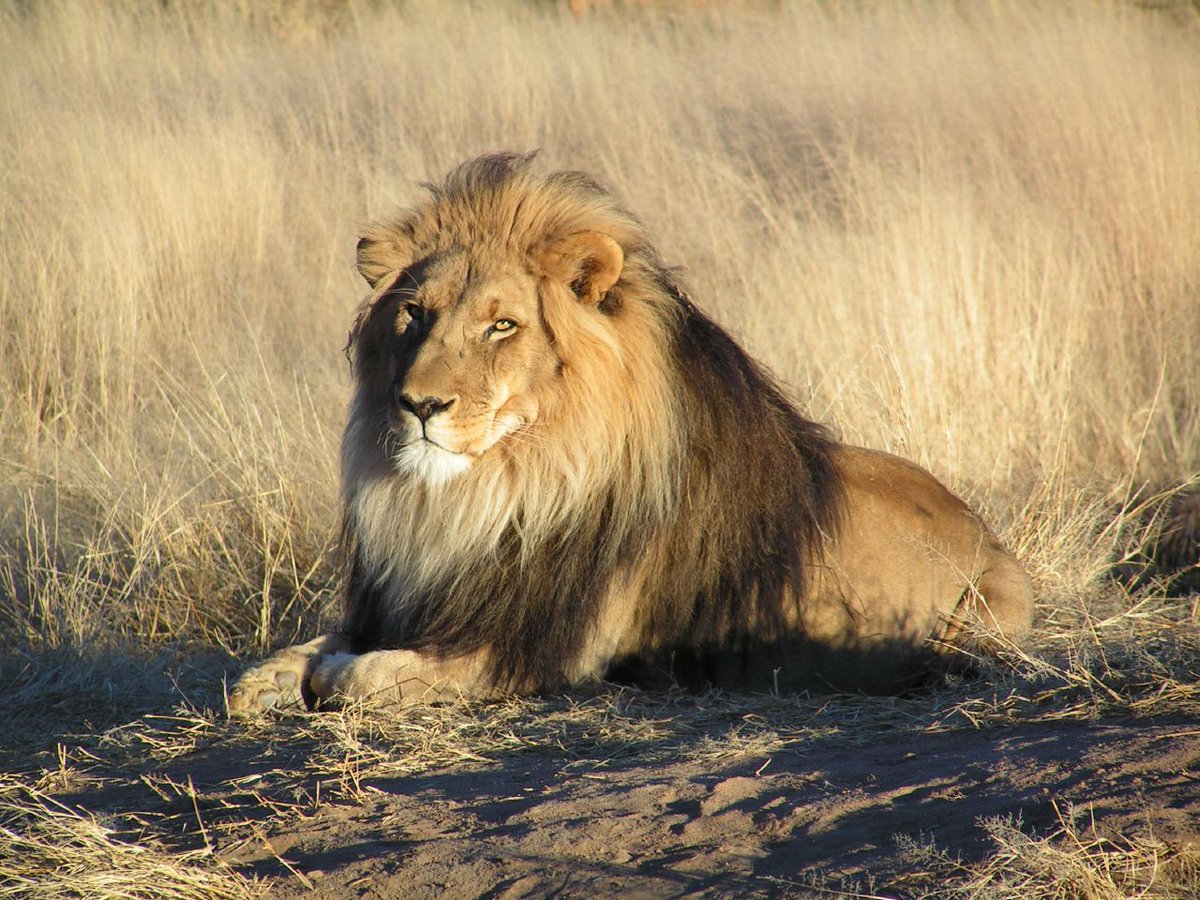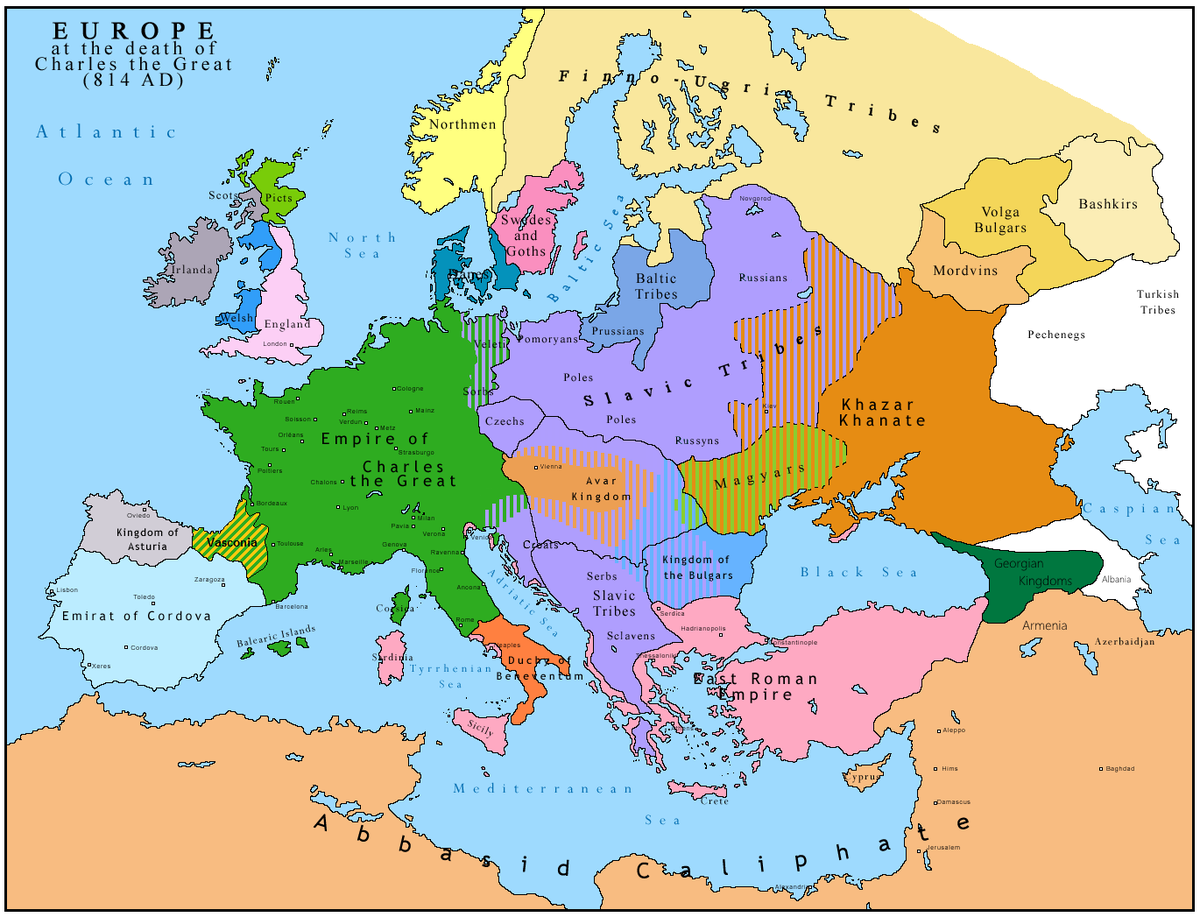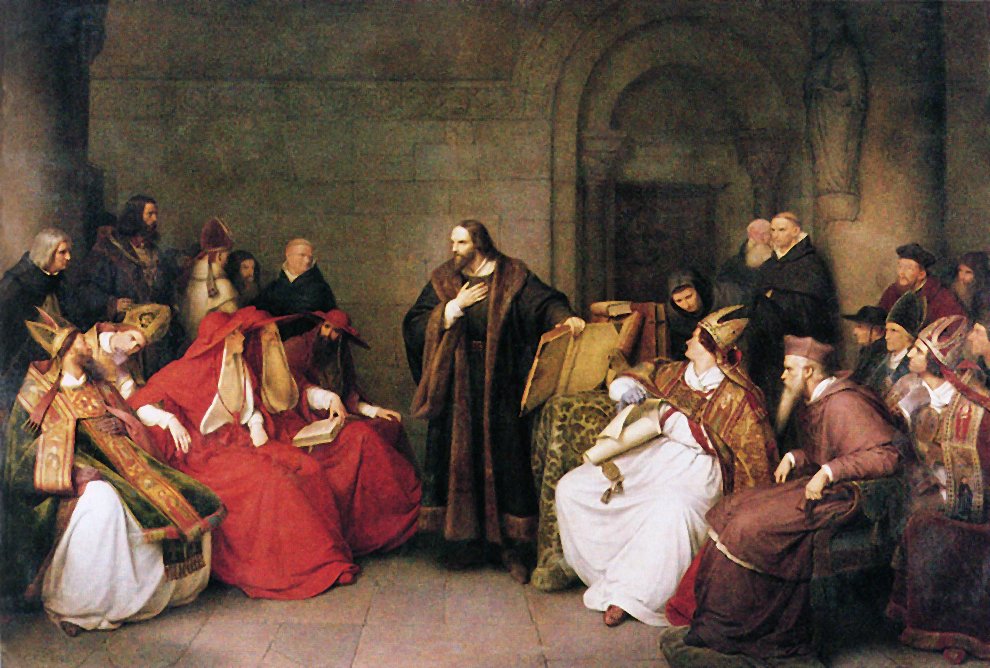
If you have looked at the progress of the population of humanity in history, you will find a remarkable leap after 1800 AD.
So, what changed in the past 200 years? After all, we have most certainly found deadlier ways to kill more and more people, with bombs and machines. 1/15
So, what changed in the past 200 years? After all, we have most certainly found deadlier ways to kill more and more people, with bombs and machines. 1/15

Beyond a shift in population from Europe to Africa and the Americas, there hasn't been a considerable change in the proportion of population in these 200 years.
But two other factors have changed substantially in this time period. 2/15
But two other factors have changed substantially in this time period. 2/15

For a long time, roughly one in four infants never made it beyond the age of 1 and roughly one of two humans born never reached adulthood.
Now over 95% of the children reach adulthood.
Life expectancy, which was only around 28 years in 1800, is now around 72 years. 3/15

Now over 95% of the children reach adulthood.
Life expectancy, which was only around 28 years in 1800, is now around 72 years. 3/15


But these are not the causes. Before going into why the population jumped, it is important to recognize what kept the population in check till 1800.
One way nature checks population is through predators. But humans overcame their natural predators like lions eons ago. 4/15
One way nature checks population is through predators. But humans overcame their natural predators like lions eons ago. 4/15

However, there is one set of predators that humans are still trying to tame – Pathogens.
Microbes play a crucial part in our life. While bacteria plays a crucial role in digestion, viruses help living beings copy paste useful code to their genome.
gyandemic.substack.com/p/humans-are-p… 5/15
Microbes play a crucial part in our life. While bacteria plays a crucial role in digestion, viruses help living beings copy paste useful code to their genome.
gyandemic.substack.com/p/humans-are-p… 5/15
But we are still very much in the process of learning what all these microbes do in our body, or even determining how many there are.
livescience.com/thousands-unkn…
This symbiotic relation does not happen naturally. Every now and then there will be microbes that kill.
6/15
livescience.com/thousands-unkn…
This symbiotic relation does not happen naturally. Every now and then there will be microbes that kill.
6/15
Many of these diseases like malaria, cholera and diarrhoea may be limited by individuals or regions, but we have seen many large scale epidemics devastate humanity over the centuries as well.
Two among these stand out in grand style though.
livescience.com/worst-epidemic… 7/15
Two among these stand out in grand style though.
livescience.com/worst-epidemic… 7/15
The plague has killed, and is still killing, a lot of people around the world for many millennia now. History marks four major outbreaks in the past 2,000 years, but it can be traced back to far earlier times as well.
Thread on Yersinia Pestis
Thread on Yersinia Pestis
https://twitter.com/Arby_K/status/1411685970320117761?s=208/15
While not as devastating as the plague, at least on record, smallpox had killed many before we turned the clock on it.
It was with the beginning of eradication of smallpox that we started to increase our numbers at a faster pace.
smithsonianmag.com/history/what-r… 9/15
It was with the beginning of eradication of smallpox that we started to increase our numbers at a faster pace.
smithsonianmag.com/history/what-r… 9/15
In 1796, Edward Jenner used cowpox to protect people from smallpox, forming the basis for vaccination. Though injecting variola virus to kill variola virus was done for ages, it was not always effective. This discovery coincided with major improvements in field of medicine. 10/15 

The nineteenth century saw a slow improvement in medicinal practices and research around the world. With the industrial revolution, it also started becoming more feasible to set up large scale pharmaceutical plants for making medicines. Population reached 2 billion in 1927. 11/15 

Soon after that, penicillin was discovered, ushering in an age of antibiotics, which would lead to the treatments for many diseases including plague. From 1950 onwards various vaccines for polio, a debilitating disease among children, were also available. 12/15 

These led to better child mortality rates and life expectancy.
But just as it is in our nature to survive, it is also in the pathogen’s nature to survive.
A microbe may benefit by switching to a species that travels widely and in more numbers.
livescience.com/62549-pandemic… 13/15
But just as it is in our nature to survive, it is also in the pathogen’s nature to survive.
A microbe may benefit by switching to a species that travels widely and in more numbers.
livescience.com/62549-pandemic… 13/15
For now we have managed to stay ahead, but the age of antibiotics may also be on the downtrend with more bacteria learning to outsmart it. who.int/news-room/fact…
14/15
14/15
Of course, another way for nature to check a species population is with nature itself, like climate.
Detailed Post -
15/15
Detailed Post -
https://twitter.com/Arby_K/status/1412081048507150338
15/15
• • •
Missing some Tweet in this thread? You can try to
force a refresh












